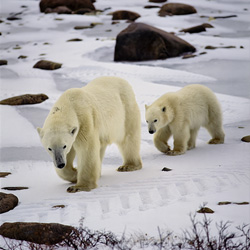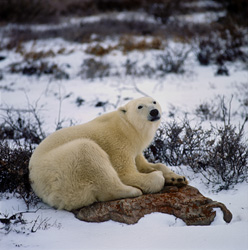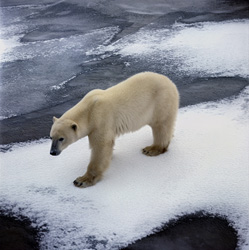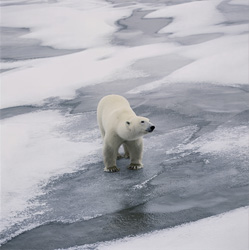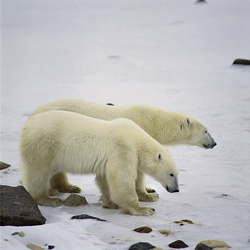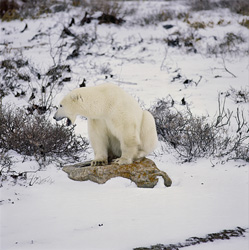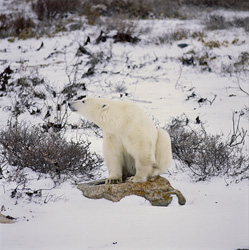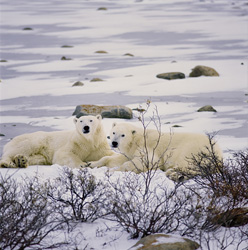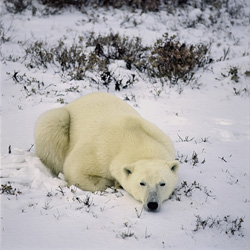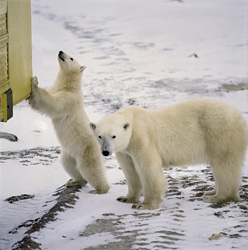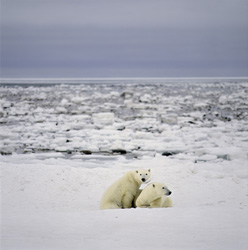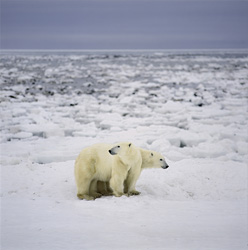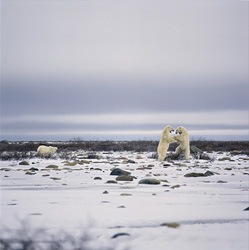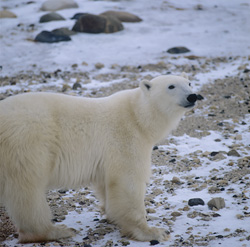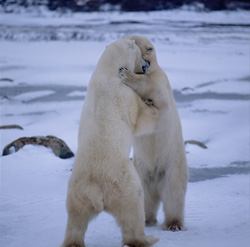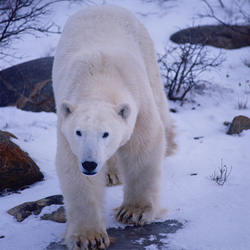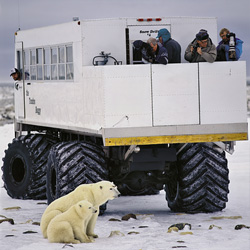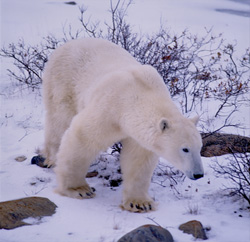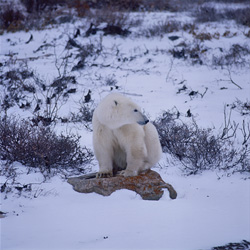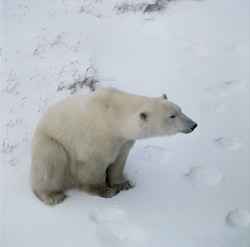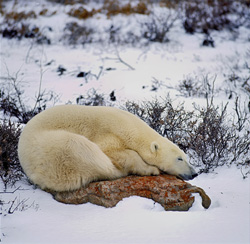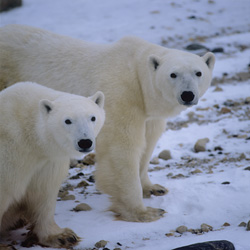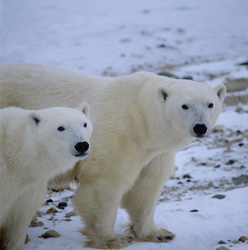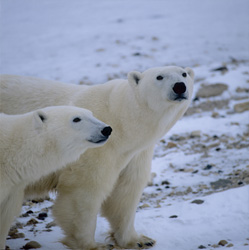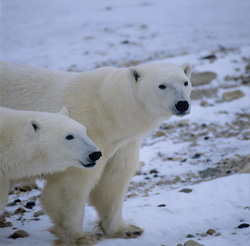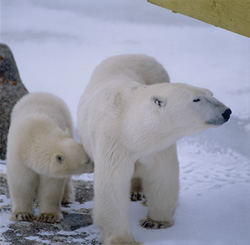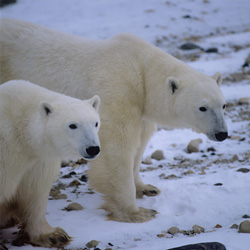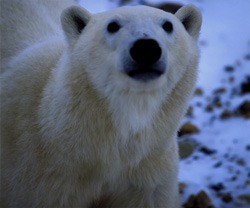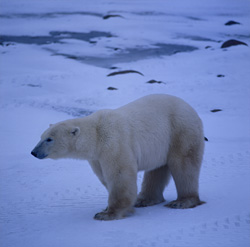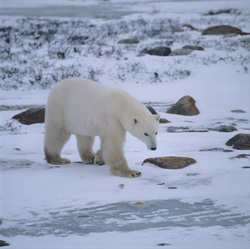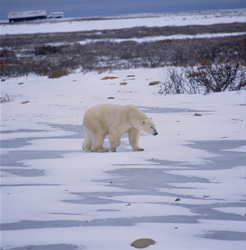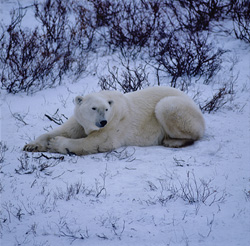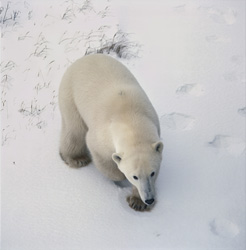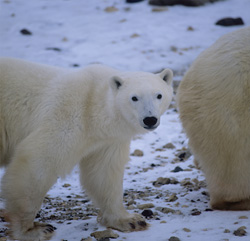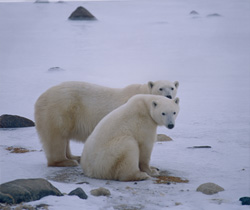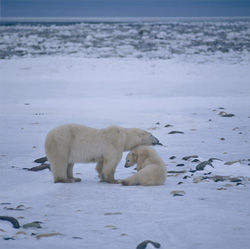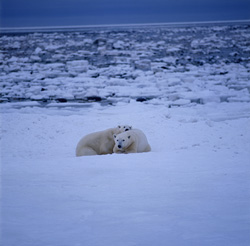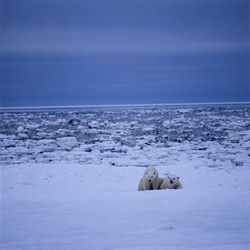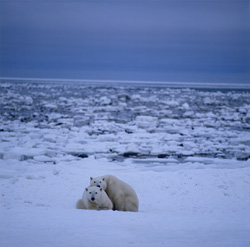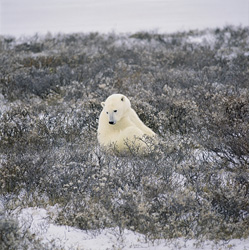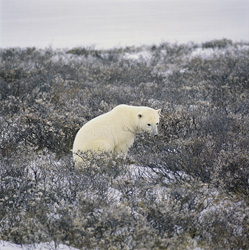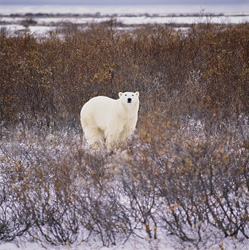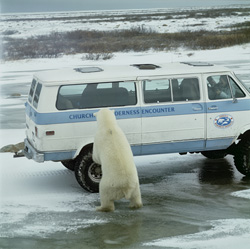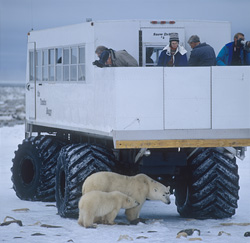Experience the majestic polar bears in their natural Arctic habitat with fascinating insights into their survival and behavior
The polar bear, scientifically known as Ursus maritimus, is a captivating animal inhabiting the most remote regions of the Arctic. These magnificent mammoth bears are perfectly adapted to life in extremely cold climates. Their thick layer of fat and insulating fur coat protect them from the icy temperatures. Polar bears are excellent swimmers, capable of traversing long distances on melting sea ice in search of food. Their primary diet consists of seals, which they skillfully hunt through breathing holes in the ice. In addition to seals, they also consume krill, shrimp, and occasionally carrion. In the region of Churchill in Manitoba, Canada, this town is renowned as the Polar Bear Capital of the World, where thousands of polar bears can be observed annually. Specialized tundra buggies are used there to study polar bears in their natural habitat without disturbing them. However, the population of polar bears is threatened by climate change, as melting ice restricts their habitats and complicates their search for food. Scientists are closely monitoring these majestic creatures to ensure their future survival. Protecting the Arctic is crucial for the survival of polar bears, as they play a key role in the ecosystem of this region. Long-term studies indicate that polar bears have limited adaptability to changing environmental conditions, highlighting the need for international efforts to preserve their habitat. Polar bears are not only a symbol of the northern wilderness but also an indicator of the overall health of our global environment.

